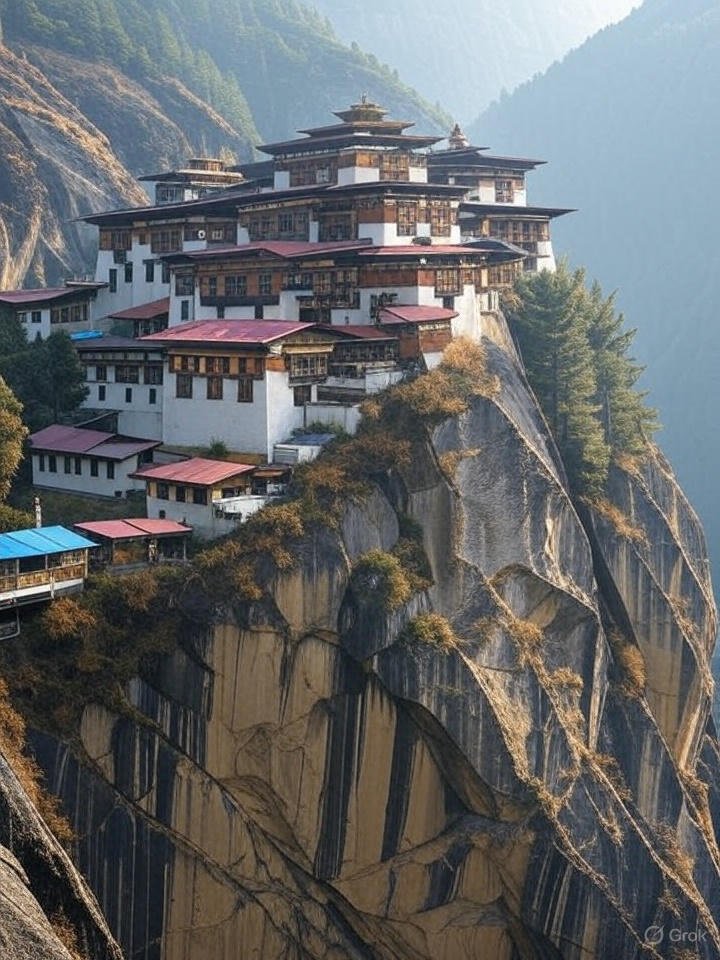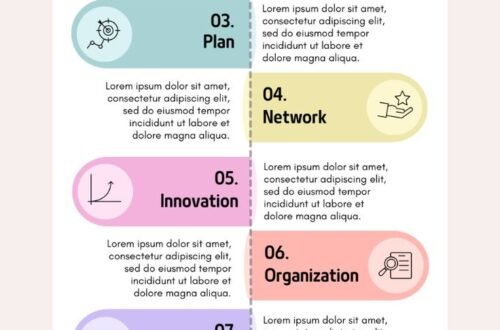The mist hung low over the Paro Valley as dawn broke on August 11, 2025, revealing the outline of the Tiger’s Nest Monastery clinging to the cliffside. Down in the town, shopkeepers like Sonam Dorji were already setting up their stalls, arranging handmade scarves and wooden masks under colorful awnings. Bhutan’s tourism sector, long a pillar of the economy, is experiencing a quiet boom, driven by a commitment to sustainability that sets it apart from crowded destinations elsewhere. With visitor numbers climbing to 250,000 this year, businesses are finding new ways to thrive while preserving the kingdom’s pristine environment and cultural heritage. This growth isn’t about mass appeal; it’s about creating value that aligns with Gross National Happiness, opening doors for entrepreneurs in hospitality, crafts, and eco-adventures.
The Foundation of Sustainable Tourism
Bhutan’s approach to tourism dates back to 1974 when it first opened its borders, but the model has evolved. The daily tariff of $65 per person covers lodging, meals, and guides, ensuring funds flow directly to local communities and conservation efforts. In 2024, this generated $100 million, with 60% earmarked for environmental projects like reforestation in Phobjikha Valley, where black-necked cranes winter. This year, the tariff’s impact is even clearer, supporting the planting of 500,000 trees as part of the Green South Asia Initiative signed at the Thimphu Summit.
For businesses, this structure creates stability. Hotels in Paro report occupancy rates at 80%, up from 65% in 2023, thanks to targeted marketing campaigns highlighting low-impact travel. The Gelephu Mindfulness City, a new special economic zone, is attracting investors with its focus on wellness retreats. Spanning 1,000 square kilometers, it’s designed for carbon-neutral operations, drawing firms from India and Japan. A $34.5 million World Bank loan in June 2025 bolsters infrastructure, including solar-powered lodges and hiking trails. Local entrepreneur Karma Tshering, 35, opened a mindfulness center there, offering meditation sessions tied to Bhutanese Buddhism. “We’re not just selling rooms; we’re selling peace,” he says, his center booking 200 guests monthly at $150 per night.
Craft and Artisan Revival
Tourism’s rise is breathing life into traditional crafts. In Bumthang, weavers like Dechen Wangmo, 48, have seen orders triple since 2024, thanks to visitors seeking authentic souvenirs. The Royal Textile Academy in Thimphu trains 200 artisans yearly, blending old techniques with contemporary designs. A partnership with Japan’s SoftBank, announced in July 2025, introduces digital looms, cutting production time by 30% while maintaining handwoven quality. Dechen’s cooperative exports 1,000 scarves monthly to Europe, fetching $20 each, with profits funding community schools.
The Haa Summer Festival, running through August, showcases this revival. Stalls sell yak wool products, drawing 5,000 attendees who spend $50,000 on average. Vendor Pema Choden, 50, specializes in prayer wheels carved from juniper. “Tourists love the story behind each piece,” she notes, her sales up 25% this year. The festival ties into eco-tourism, with archery contests and yak dances promoting cultural immersion. Businesses like Druk Craft Hub, an online platform launched in 2024, ship globally, generating $200,000 in revenue. Their model—fair trade pricing and carbon-neutral shipping—appeals to conscious consumers, with 40% of buyers from the U.S.
Eco-Adventures and Niche Markets
Adventure tourism is another hotspot. Bhutan’s trails, like the Snowman Trek, attract thrill-seekers, but operators emphasize low impact. In 2025, permits for treks rose 15%, with fees funding trail maintenance. Punakha’s river rafting outfits, like Mo Chhu Adventures, offer guided trips on Class III rapids, booking 1,500 participants at $100 each. Owner Ugyen Dorji, 40, uses solar-powered camps and hires local guides, creating 50 jobs. “We respect the river—it’s our lifeline,” he says, noting a 20% revenue increase.
Niche markets flourish too. Birdwatching tours in Phobjikha draw ornithologists eager to spot black-necked cranes, with packages at $200 per day. The Crane Information Center, updated in 2024, partners with tour companies, adding $30,000 to local economies. Wellness retreats in Gelephu, blending hot stone baths with yoga, appeal to stressed executives. A new spa, opened in March, uses herbal remedies from local forests, serving 300 clients monthly at $150 sessions. Investor Sonam Wangchuk, 45, from Thimphu, sees potential: “It’s health with a Himalayan twist.”
Challenges and Strategic Responses
Growth brings hurdles. Overcrowding in Paro strains resources, with water usage up 10% in 2025. The government caps visitors at 250,000, enforcing eco-standards for hotels—80% must use renewables by 2027. In Haa, resident Tashi Pem, 55, worries about cultural dilution. “We love guests, but they must respect our ways,” she says. Operators respond with community training, ensuring 70% of staff are local.
Supply chains pose issues too. Textile dyes from India delayed shipments 20% last quarter, prompting a $500,000 investment in local production. The Royal Monetary Authority’s 2025 tax reforms cut rates 5% for small businesses, easing burdens. FDI policies, refreshed in January, allow 51% foreign ownership in tourism ventures, drawing $150 million, up 25% from 2024.
Future Horizons
As the sun sets over Paro, the monastery’s silhouette fades into twilight, a reminder of Bhutan’s enduring spirit. The tourism surge, projected to hit $120 million in 2025, opens avenues for innovation. The Gelephu project alone could create 10,000 jobs by 2027, with mindfulness centers and eco-lodges leading the charge. Craft exports aim for $25 million, bolstered by e-commerce platforms like Bhutan Craft Hub.
For entrepreneurs like Karma, it’s a golden era. “We’re building businesses that last,” he says, folding a scarf. Challenges like climate shifts—glaciers melting 10% since 1980—affect rivers, but initiatives like the Green South Asia tree-planting drive counter this. Bhutan’s model—sustainable, inclusive—shows profit can coexist with purpose. As visitor numbers grow, the kingdom holds firm to its values, ensuring tourism enriches without eroding its soul.
In Thimphu’s markets, Sonam Dorji packs his stall, his day’s earnings tucked away. “Tomorrow brings more,” he smiles, the hills echoing his optimism. Bhutan’s business boom in tourism isn’t a rush—it’s a thoughtful stride, inviting the world to share in its happiness.






